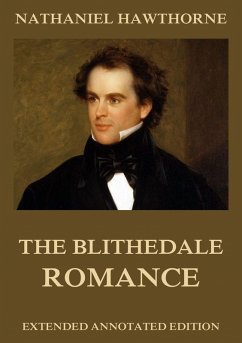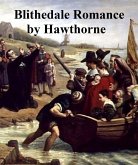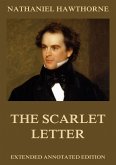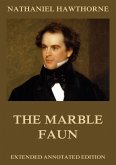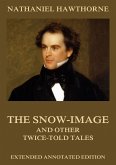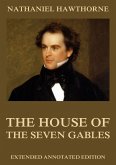This is the extended annotated edition including a rare and extensive biographical essay on the author. In November, being wearied with inland life, Hawthorne went back to the east, and settled for the winter in West Newton, Massachusetts, where he wrote "The Blithedale Romance." This book is founded on his experience at Brook Farm, ten years before, though the incidents, he says, are purely imaginary, and the characters are but slightly related, if at all, to any of the participants in that scheme. That of Hollingsworth grew, no doubt, out of thoughts suggested by his residence among reformers as to the tendencies of all-absorbing theories of reform, though it needed a strong and narrow nature like that of Hollingsworth to exhibit them in all their force. There are many observations scattered through the book, regarding communistic life, which evidently resulted from his experience there. Miles Coverdale, who tells the story, of course represents the author in many points, if not intended as a portrait. A story told in the first person in a contemplative and analytic style like that of Hawthorne must necessarily reproduce the author to some extent in the mental structure of the narrator. Coverdale is a type of the men who do nothing because they see too much and too widely. Hollingsworth's narrowness is the great source of his power, and in the end becomes his destruction. The character of Zenobia, which is said to have some traits of Margaret Fuller, is one of the strongest ever drawn by Hawthorne, and one of the most unique in literature. Literary women have had but a slender showing in fiction, most of the portraits of them being feeble caricatures. But this one, whose literary work is secondary to her impressive personality, is the type of a class, not large, who have gone into literature because of their abounding vitality and the scarcity of outlets for it; who stand for very little to readers beyond the reach of their social influence.
Dieser Download kann aus rechtlichen Gründen nur mit Rechnungsadresse in A, B, BG, CY, CZ, D, DK, EW, E, FIN, F, GR, H, IRL, I, LT, L, LR, M, NL, PL, P, R, S, SLO, SK ausgeliefert werden.

